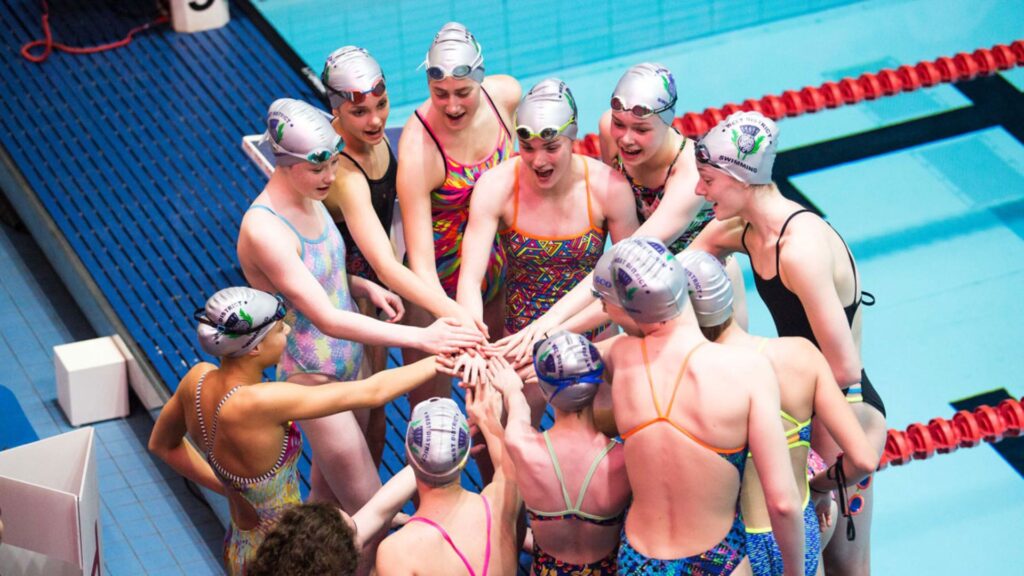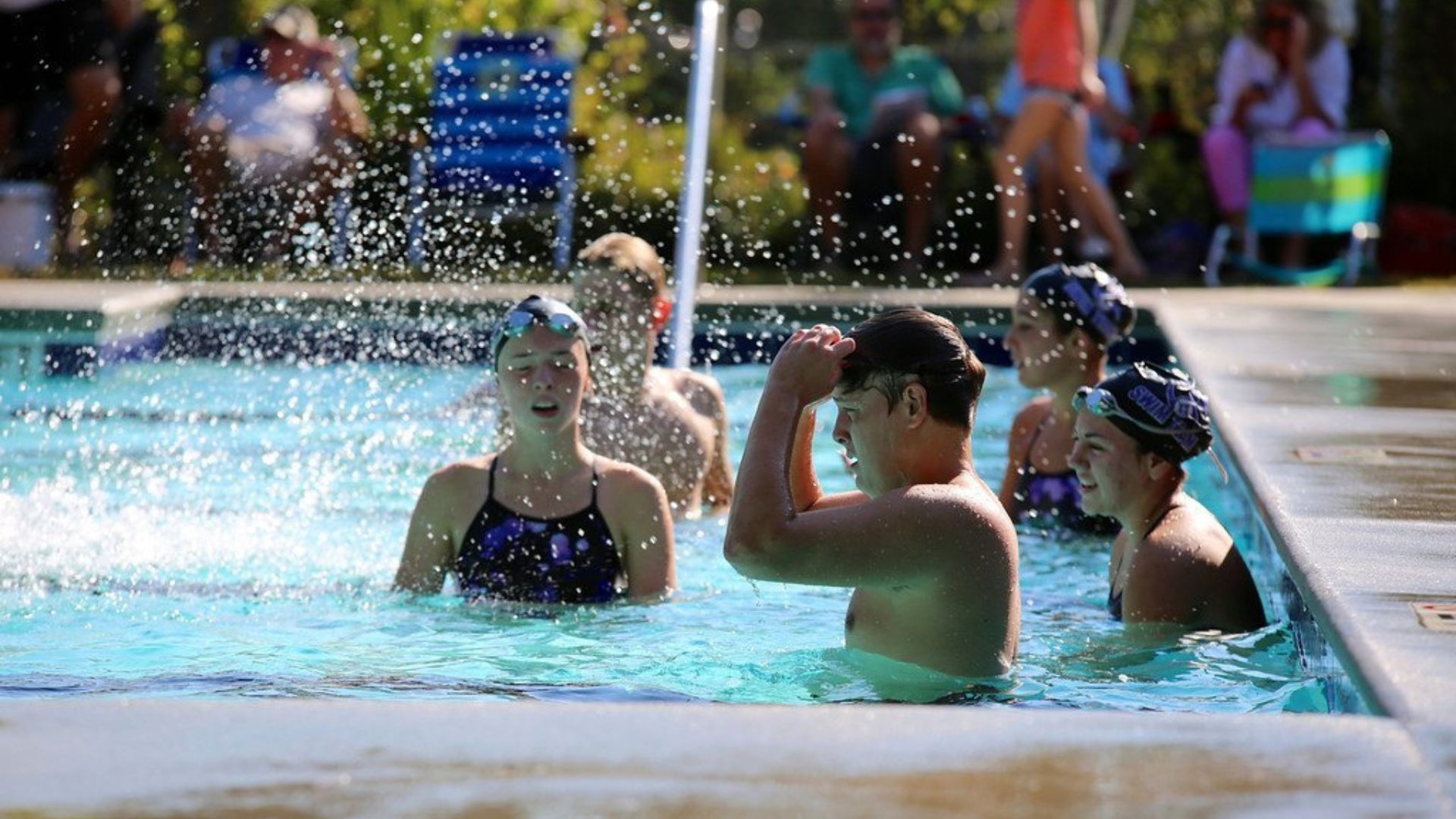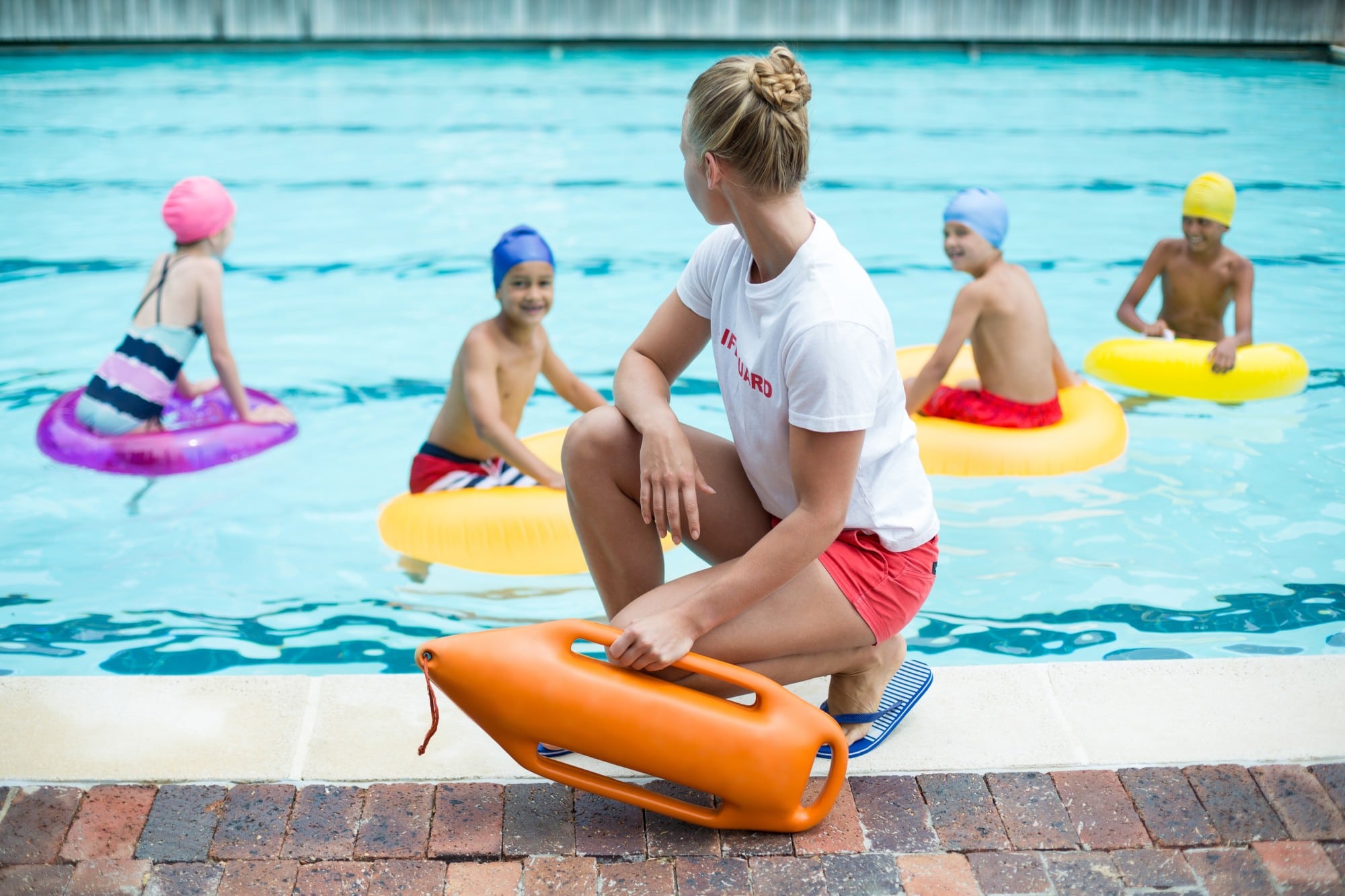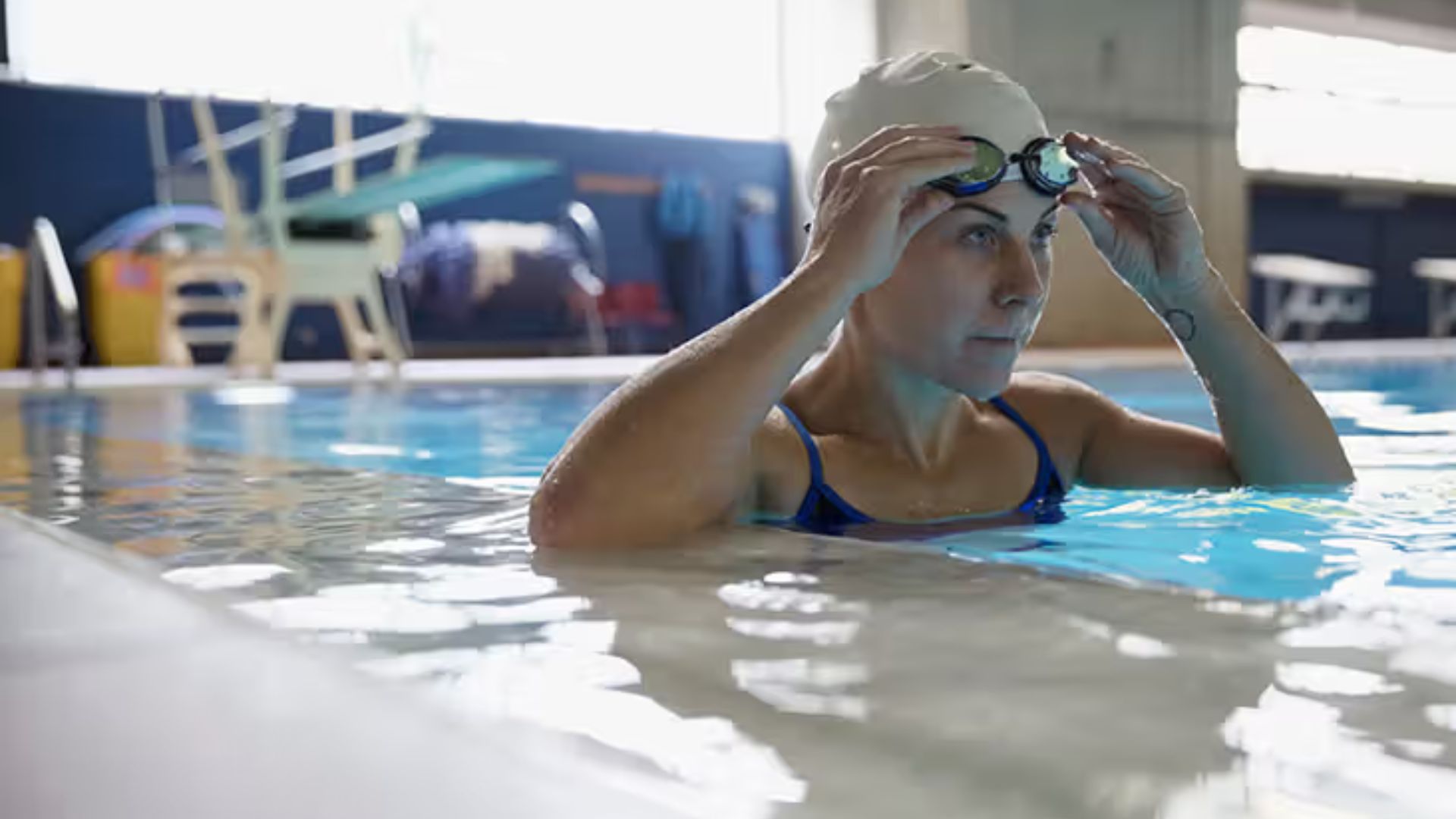Starting a swimming club in your community can be a rewarding experience. It promotes fitness, encourages community spirit, and provides a structured environment for both novice and experienced swimmers. Here are some tips on how to get your swimming club up and running.

1. Assess the Interest and Demand
Before diving into the logistics, gauge the interest in your community. You can:
- Conduct surveys to see how many people are interested in joining a swimming club.
- Visit local schools, community centers, and gyms to gather feedback.
- Use social media platforms to reach out to potential members.
2. Define Your Club’s Purpose and Goals
Clearly outline the purpose and goals of your swimming club. Consider the following:
- Is it aimed at competitive swimmers, recreational swimmers, or both?
- What age groups will you cater to?
- Will you offer swim lessons, fitness sessions, or competitive training?
3. Find a Suitable Pool
Secure a location where your club can practice and hold events. Some options include:
- Local public pools: Negotiate a schedule that suits your club’s needs.
- School pools: Partner with schools that have swimming facilities.
- Private pools: Some health clubs or hotels might be willing to rent out their pools.
4. Register Your Club
To give your club a formal structure:
- Register your club with the relevant local sports or swimming federation.
- Obtain any necessary permits or licenses to operate legally.
5. Create a Budget and Fundraising Plan
Starting a swimming club requires financial planning. Key steps include:
- Estimating initial and ongoing costs: pool rental, equipment, coaching fees, and insurance.
- Setting membership fees to cover these costs.
- Exploring fundraising options like sponsorships, grants, and community events.
6. Recruit Members and Coaches
Your club’s success hinges on attracting members and skilled coaches:
- Advertise your club through flyers, local newspapers, social media, and community events.
- Hire qualified coaches who can train and motivate swimmers of all levels.
7. Purchase Necessary Equipment
Equip your club with essential swimming gear:
- Pool equipment: Lane markers, kickboards, pull buoys, and starting blocks.
- Swimmer gear: Goggles, swim caps, and training suits.
- Safety equipment: First aid kits, lifebuoys, and rescue tubes.
8. Develop a Training Program
Create a structured training program tailored to your members’ needs:
- Schedule regular practice sessions.
- Plan different training modules for various skill levels and age groups.
- Include fitness and strength training to complement swim practices.
9. Establish Rules and Regulations
Set clear rules and guidelines to ensure smooth operation:
- Code of conduct for swimmers, coaches, and parents.
- Safety protocols and emergency procedures.
- Membership requirements and disciplinary actions.
10. Organize Events and Competitions
Host events to keep members engaged and motivated:
- Arrange in-house competitions and friendly meets with other local clubs.
- Plan social events like picnics or parties to foster community spirit.
- Participate in regional and national swim meets to gain exposure.
11. Promote Your Club
Marketing is essential for growth and sustainability:
- Maintain an active presence on social media.
- Create a website with information about your club, schedules, and events.
- Partner with local businesses and media to raise awareness.
12. Evaluate and Improve
Regularly assess your club’s performance and make improvements:
- Collect feedback from members and coaches.
- Review your training programs and make necessary adjustments.
- Stay updated with the latest trends and techniques in swimming.
Conclusion
Starting a swimming club in your community can be a fulfilling endeavor that promotes health, builds relationships, and develops local talent. By following these steps, you can create a thriving club that meets the needs of your community and fosters a love for swimming. Dive in and make a splash in your community!


